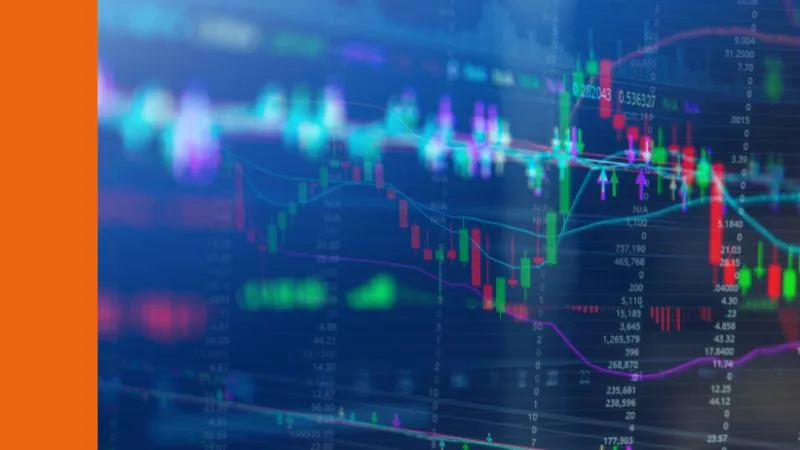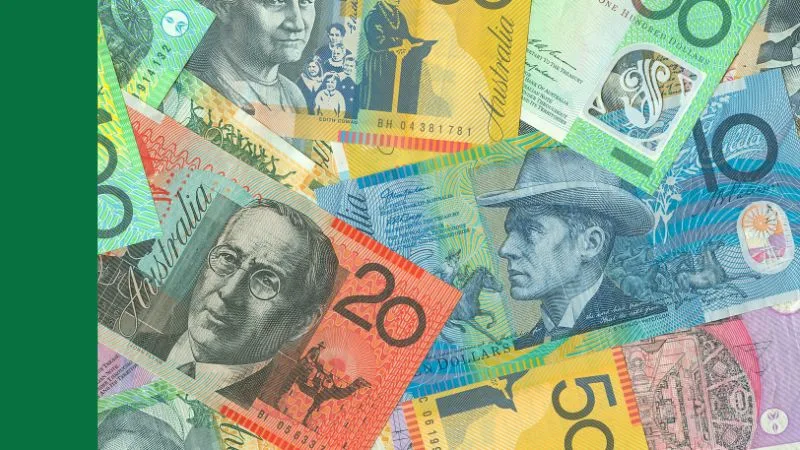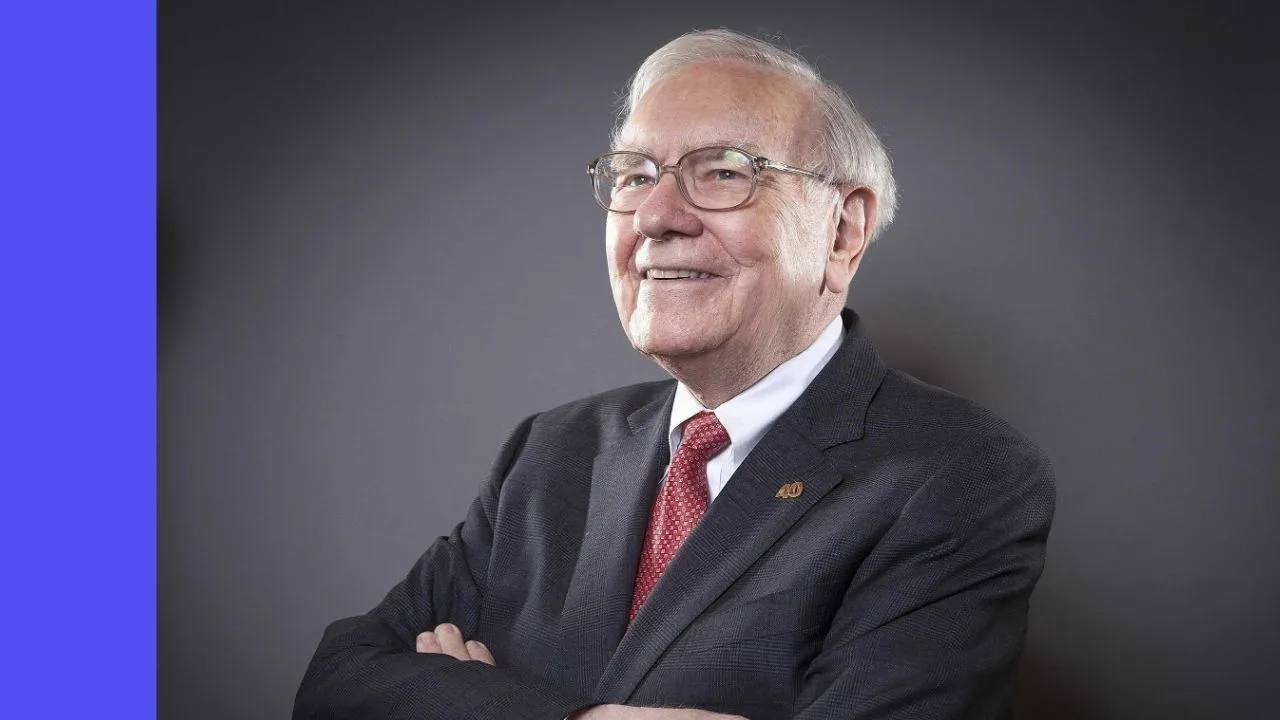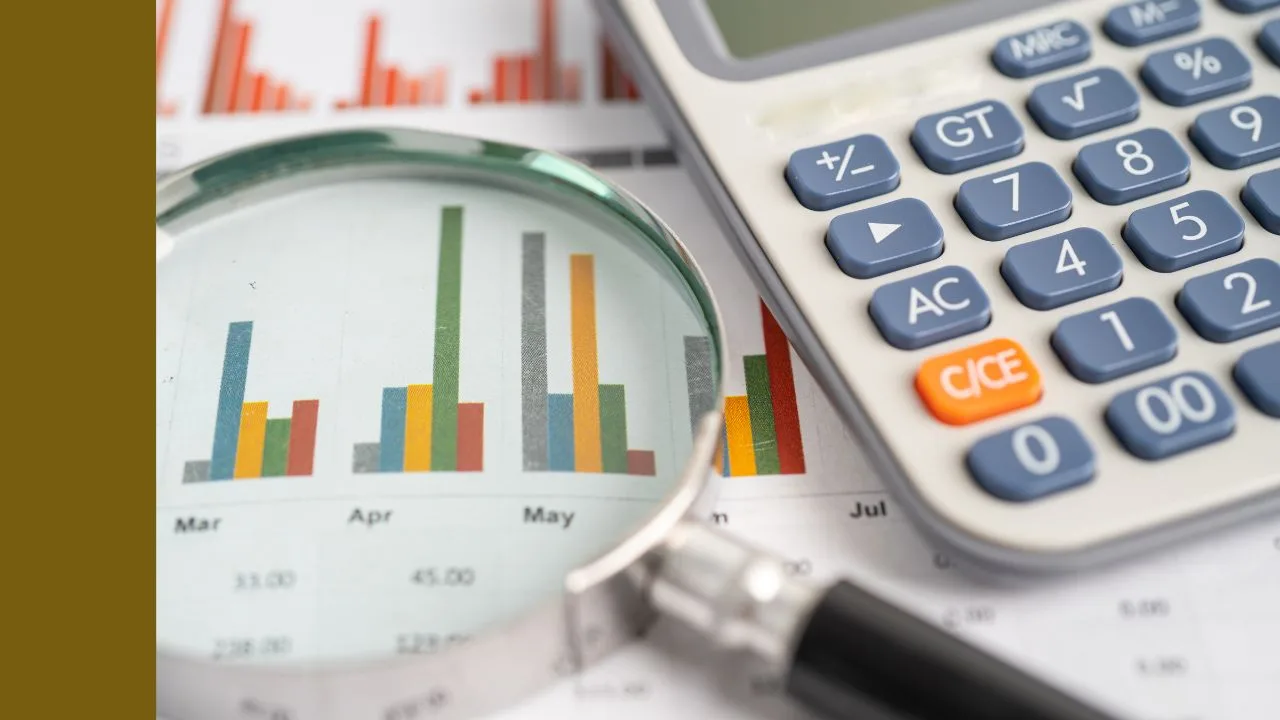What is Warren Buffett’s investment strategy? It’s fair to say Warren Buffett is the greatest investor of all time.
So in this Warren Buffett inspired article & video, Rask’s founder and stock market analyst Owen Rask explains the Warren Buffett stock investing checklist. We also cover 7 of Warren Buffett’s greatest investments of all time.
But what is Warren Buffett’s investment strategy exactly? How does he filter through the private companies and public stocks to find ideas for Berkshire Hathaway Inc (NYSE: BRK)?
Buffett first published his stock investing checklist in 1977. And it’s changed a little bit since.
In the video, Owen explains how a modern value investor can follow Buffett’s strategy.
Alongside Charlie Munger, Buffett’s investing partner, the duo have created the world’s most successful investment conglomerate, Berkshire Hathaway Inc (NYSE: BRK).
@0:30 – Warren Buffett’s 4 part stock checklist
@1:05 – Buffett’s Circle of Competence
@3:22 – Why Buffett wants companies with moats
@5:54 – Buffett’s 3 keys to finding good management
@8:24 – Warren Buffett’s stock valuation: owner earnings
Warren Buffett has taken huge bets on these stocks:
1. Berkshire Hathaway itself. Hundreds of billions made.
Warren bought Berkshire Hathaway in 1965 and turned BRK into an investment company worth hundreds of billions of dollars.
2. Buffett followed GEICO, the insurance company, for decades.
Buffett named GEICO “The Security I Like Best” for The Commercial and Financial Chronicle in 1951. I repeat: 1951.
You can read why he bought GEICO (and see a very young looking photo of Buffett).
71 years later Buffett still owns GEICO shares!
Interestingly, Buffett first bought $10,282 shares of GEICO. But according to INC, he sold them for a 50% profit a year later. 20 years later those shares would have been worth $1.3 million.
Ouch!
But he continued to follow and learn about the company before finally purchasing all of GEICO’s stock for a few billion dollars in 1996.
Today, GEICO has assets worth over $30 billion.
3. Warren Buffett started buying Apple Inc (NASDAQ: AAPL) stock in 2016. It’s now worth over $US150 billion.
As of 2022, Warren Buffett is now one of the biggest Apple stockholders globally with his investment via Berkshire. Berkshire owns 5.44% of all Apple shares — meaning Buffett controls over $US150 billion worth of Apple shares.
4. Warren Buffett bought $600 million of Gillette stock in 1996 but get this…
Buffett bought $600 million of Gillette (the razor and blade company) but later swapped it for more than $4 billion of Proctor & Gamble (NYSE: PG) shares in 2014.
As if that wasn’t good enough, Buffett then used the P&G shares to buy battery maker Duracell.
Incredible!
5. See’s Candies was bought by Warren Buffett & Charlie Munger in 1972.
See’s Candies is a much smaller business than the others under Berkshire’s banner, but Buffett & Munger still own its shares today. Some 50 years later… talk about long term.
See’s Candies makes over $400 million selling… well, candy.
6. Coca-Cola: Warren Buffett still pops a cold one (it’s easy to see why)
Did you know Warren Buffett bought $1 billion of The Coca-Cola Company (NYSE: KO) right after the 1987 market crash?
To be clear, the economy was pretty messed up back then. As we’ve covered on The Australian Investors Podcast, Asian economies were in tatters.
Buffett saw a huge opportunity and in the process, he netted himself and Berkshire shareholders an absolute bargain…
Today, Buffett’s Coca-Cola investment is worth over $23 billion.
Fun fact: with a $1.68 dividend per share and 400 million shares to his name, Buffett gets dividends from Coca-Cola worth over $670 million per year!
Translation: based on Buffett’s $1 billion original investment he’s now getting a 67% dividend yield.
Alas, he does not get full franking credits… poor guy.
7. Warren’s Berkshire Hathaway has made over 1,000% returns on…
Finally, Buffett has made over 1,000% returns on American Express
(NYSE: AXP), an investment he made in 1993 (now worth $24.8 billion); and Moody’s Inc (NYSE: MCO), which he got from a spin-off from Dun & Bradstreet in 2000 (now worth $9.6 billion).
How to invest like Warren Buffett
Warren Buffett & Charlie Munger’s investment strategy is simple but it’s not easy. It takes loads of patience, hard work spent researching, a commitment to learning with an open mind (Charlie calls this a latticework of mental models), and more.
But it’s also important to know that you can do it too. While we think Buffett would tell most people to stick their money in a Vanguard index fund, like Australia’s most popular index fund ETF, the Vanguard Australian Shares ETF (ASX: VAS), or even the Vanguard MSCI Index International Shares ETF (ASX: VGS) — we know that he is the king of value investing. You can view our free reports on ASX:VAS & ASX: VGS on Best ETFs.
For individual ASX shares, companies like Washington H. Soul Pattinson & Co Ltd (ASX: SOL), with its amazing dividend track record, is often called “Australia’s Berkshire Hathaway”. Owen Rask recently interviewed Chairman Robert Millner, who broke down his decades of investing wisdom into an hour-long podcast. Finally, did you know Warren Buffett also invested in Insurance Australia Group Ltd (ASX: IAG)?
Use Owen’s checklist to help you invest like Warren:
To identify individual share positions for the Rask membership programs
, our approach is as follows:
- The businesses must be within your circle of competence (i.e. what you can understand). For example, given our analyst team’s expertise lies in the technology, finance, software and industrial sectors, we almost never venture outside of these industries — for example, we tend not to invest in mining companies. Mining companies can be great for shareholders, but they’re not within our circle of understanding. Use your passion, education and experience to determine the 3-5 types of companies or sectors where you think you have the best insights.
- The companies must have a strong competitive advantage or ‘moat’. Look for companies with high gross profit margins, consistently high returns on invested capital (ROIC) and positive free cash flow. If you don’t know what these mean, Owen presented his checklist to thousands of investors for SelfWealth Live.
- A company’s management must be aligned, talented, transparent and consider themselves as ‘owner-operators‘ (founders and families are great but they’re not always perfect). Your management team should speak frankly and always acknowledge the risks when asked. If the management present investor slides showing “massive growth potential” (but have no revenue) or “huge addressable market opportunity” (but don’t tell you the risks) or say things like “we don’t have any competitors” (but aren’t profitable) you can safely assume that’s not a good reflection for the management team. Owen covers management integrity in his Value Investor Program (an online course). (Please note: we’re upgrading the VIP program, so don’t enrol until you speak with our team — you might be able to enrol in VIP 1.0 for free).
- The business must operate in a structurally growing and increasingly important sector, market or geography. The total addressable market (TAM) is very important when we are aiming to invest for 5-10 years or more. As Owen explained above, this is not about finding companies with “the most potential”. It’s about finding companies that are already consistently making revenue and profits. Use metrics like five-year revenue growth, operating margins (EBIT margins), gross profit, cash receipts, 3-year growth in net operating cash flow, etc. They’re good clues.
- Finally, the shares/business must be reasonably valued. Our team will use the standard valuation modelling tools, such as discounted cash flow (DCF) analysis, internal rate of return (IRR), comparables and ratios, and sum-of-the-parts. We have free valuation courses with free Excel valuation downloads and case studies.
Finally, you can watch Owen step through his 5-part investing checklist and see how closely it matches Buffett’s checklist by listening to episode 104 of The Australian Finance Podcast: how Owen Rask invests.








